Author(s): <p>Satwik Mamidi</p>
AI-driven patient triage systems are significantly important to enhance the accuracy of patient prioritization in departments where the patient volume is significantly high in a healthcare setting. This system analyses patient history symptoms and vitals which further helps in understanding the urgency of each patient and depending on that the patient schedule is designed. The study has found that approaches such as symptom-based triage, automation and predictive analysis could help to enhance the efficacy of the patient care. It can also help to reduce the risk of life threats to patients and enhances patient satisfaction through a reduction of waiting time.
Improper prioritization of patients and delays in patient triage can significantly lead to ineffective service delivery which can further overwhelm the healthcare systems. This can lead to patient dissatisfaction and, in some cases, harm. In the contemporary heath care providing approach, the use of triage systems to priorities the patient considering the illness and condition of the patient can be very ineffective. The triage system generally categories patient in 5 different levels (1-5: Immediate, Emergency, Urgent, Semi-urgent, Non-urgent).
However, integration of artificial intelligence (AI) into healthcare management processes can significantly help enhance the accuracy of prioritization and maintain seamless patient triage, depending on the analysis of the symptoms and history of each patient. It will further help in enhancing response time as well as enhancing patient outcomes in healthcare settings.
The main aim of this paper is to evaluate whether the integration of AI-driven patient triage systems into Salesforce Service Cloud can help enhance the effectiveness of prioritization and patient outcomes within healthcare settings.
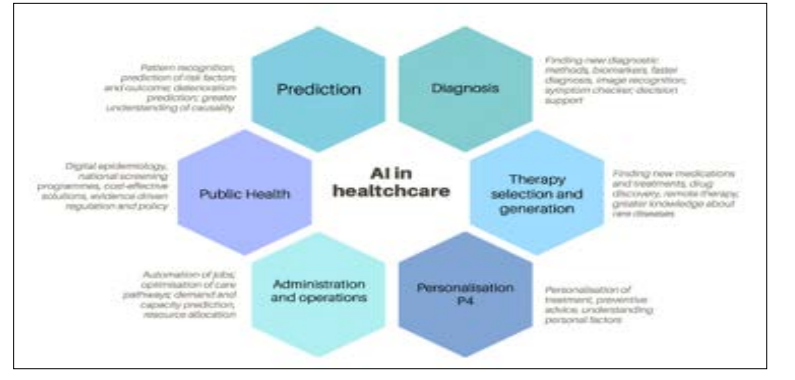
Figure 1: General Possibilities for AI in Healthcare [1].
Healthcare professionals significantly struggle with managing triaging patients and that results in delays in patient triaging specifically in departments such as emergency or the departments where the patient pressure is significantly high. Salesforce Service Cloud is one of the most used CRM systems. Salesforce also has the Salesforce Health Cloud that significantly helps healthcare settings to effectively handle patient triage and the important care information is available for both patients and healthcare professionals on this platform [2]. As Salesforce allows to integrate with other technologies, AI can be intergraded with Salesforce to provide enhanced services associated with patient triage.
Thus, integration of advanced technology like artificial intelligence can significantly help the system to enhance its ability to analyze patient data to manage patient triage and prioritize patients in an efficient way. In this context, there is a need to understand that healthcare organizations are already experimenting with AI-driven triage systems. For instance, Johns Hopkins Medicine has implemented an AI-driven Triage system to enhance their accuracy and patient satisfaction specifically in their Emergency Department [3].
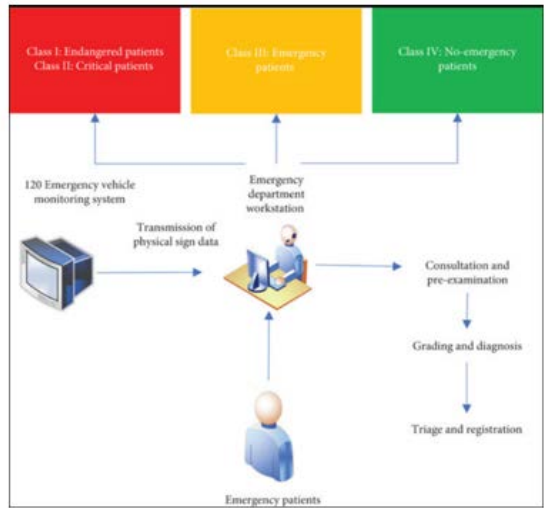
Figure 2: Intelligent Emergency Triage Management System [4].
On the other hand, according to Stanford Medicine, the organization has faced significant challenges in handling patient triage during the COVID-19 pandemic which has pushed them to implement AI-driven patient triage to effectively handle the large volume of patients depending on their patient data. AI-driven patient triage systems have helped the healthcare organization to provide services depending on the urgency of each patient [5]. In this present era of automation and implementation of advanced technology in the healthcare sector, 77.1% of healthcare professionals have accepted AI-driven triage systems and among them, 45.2% of medical staff prefer AI-driven triage for enhancing service quality and patient outcomes [6]. Others have concerns associated with the technology such as privacy and security breaches, which need to be mitigated with proper security measures.

Figure 3: Intelligence Triage Technology for Emergency Department Patients [2].
Manual processes significantly impact the effectiveness of evaluation of urgency of a patient which further impacts the effectiveness of prioritization of patients in a high-volume patient department within a healthcare setting. This also can delay patient triage which can further enhance the risk related to the lives of patients. Further this significantly negatively impacts the patient satisfaction level and also impacts patient outcomes within an organization.
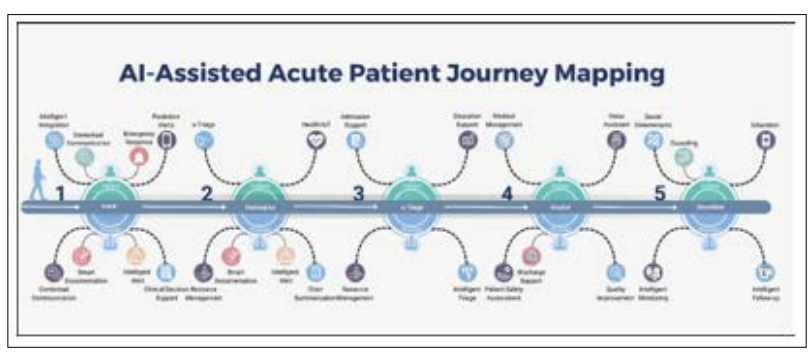
Figure 4: Al-Assisted Acute Patient Journey Mapping [6].
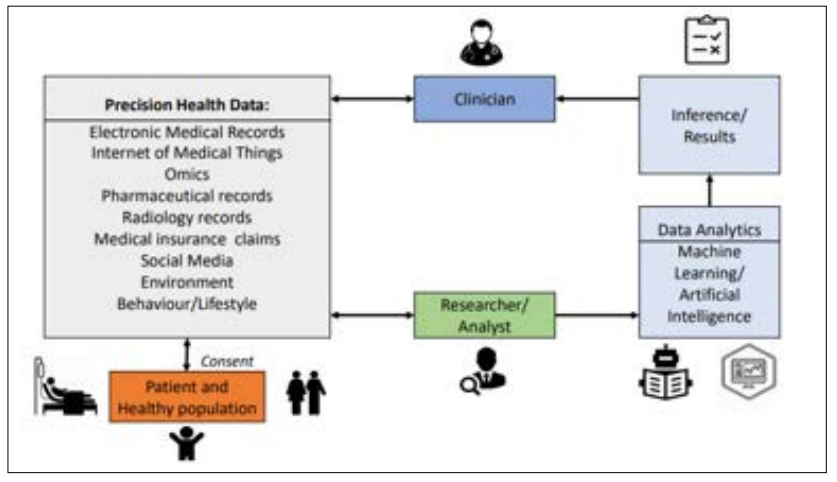
Figure 5: Precision Health Ecosystem [7].
AI-driven systems provide multiple benefits to the existing health care system; however, some challenges could be faced by the players opening in this industry. Concerns associated with high costs for the smaller healthcare facilities is one of the most important challenges. Despite that, robust infrastructure would be needed because the integration of such complex data from multiple sources would demand a supportive infrastructure. There may also be resistance from medical staff due to concerns about workflow disruptions. The issues associated with trust in AI-driven decisions can also be very concerning for complicating adoption.
Systematic Approach of Implementation
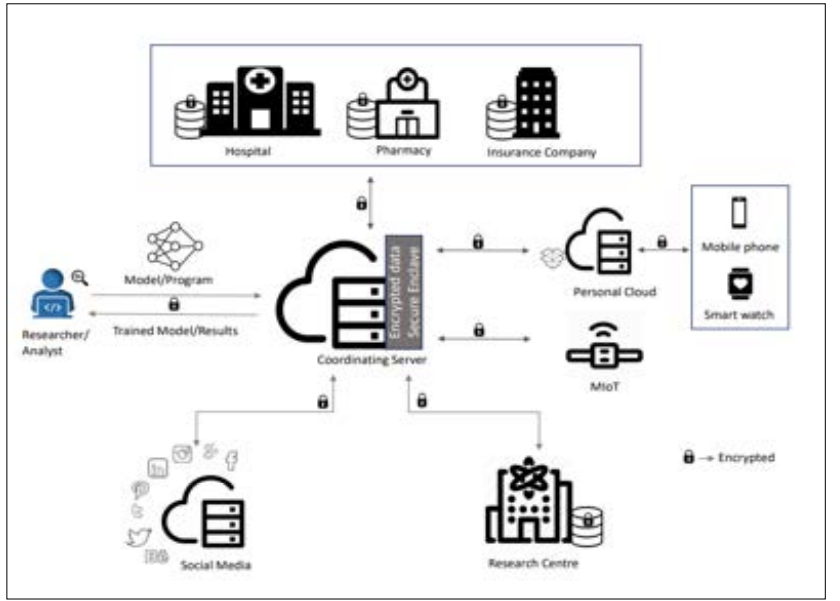
Figure 6: An Example Case of the Precision Health Platform [7].
Depending on the above discussion it can be stated that the implementation of an AI-driven triage system is significantly important for the overall success of the healthcare process. It can effectively source data from different courses and also integrate with the patient history available in the organizational system's database to generate the appropriate prioritization list for patients and line them up according to their need for treatment. It also enhances the communication between different departments of a healthcare setting which further reduces the waiting time for patients and enhances their satisfaction level. According to research data, the conventional waiting time of patients is 21.81 minutes while after the implementation of the AI-driven patient triage system, the waiting time was reduced to8.78 minutes. In addition to that, the satisfaction level increased by 17.53% [8]. In discussion context, it can be stated that through the implementation of an AI-driven triage system can help to reduce the waiting times. The approach can also improve the efficiency of the staff because it significantly optimizes the flow of work and helps to reduce bottlenecks. Moreover, studies show a 12% decrease in medical errors due to enhanced decision-making support, further improving patient safety.
Despite its benefits, AI-driven triage systems face limitations. Challenges such as, data inaccuracies or biases in training datasets can lead to incorrect prioritization, and it is one of the most imprint risk the system is posing regarding patient care. Despite that, ethical concerns arise regarding over-reliance on AI for critical decisions, underscoring the need for human oversight to mitigate potential risks [9-11].
Depending on the above analysis it can be stated that the implementation of an AI-driven patient triage system using Salesforce Cloud Services can significantly help in efficient patient handling, reduction of risk of inaccurate prioritization as well as reduction of waiting time for each patient. This further helps in enhancing the overall performance of an organization along with patient satisfaction and patient outcomes.
Future advancements in AI triage systems could involve deeper integration with machine learning algorithms and real-time monitoring tools such as wearable devices. It can also help to ensure patient monitoring more effectively and it would allow the system to dynamically adjust prioritization based on real-time health data.
